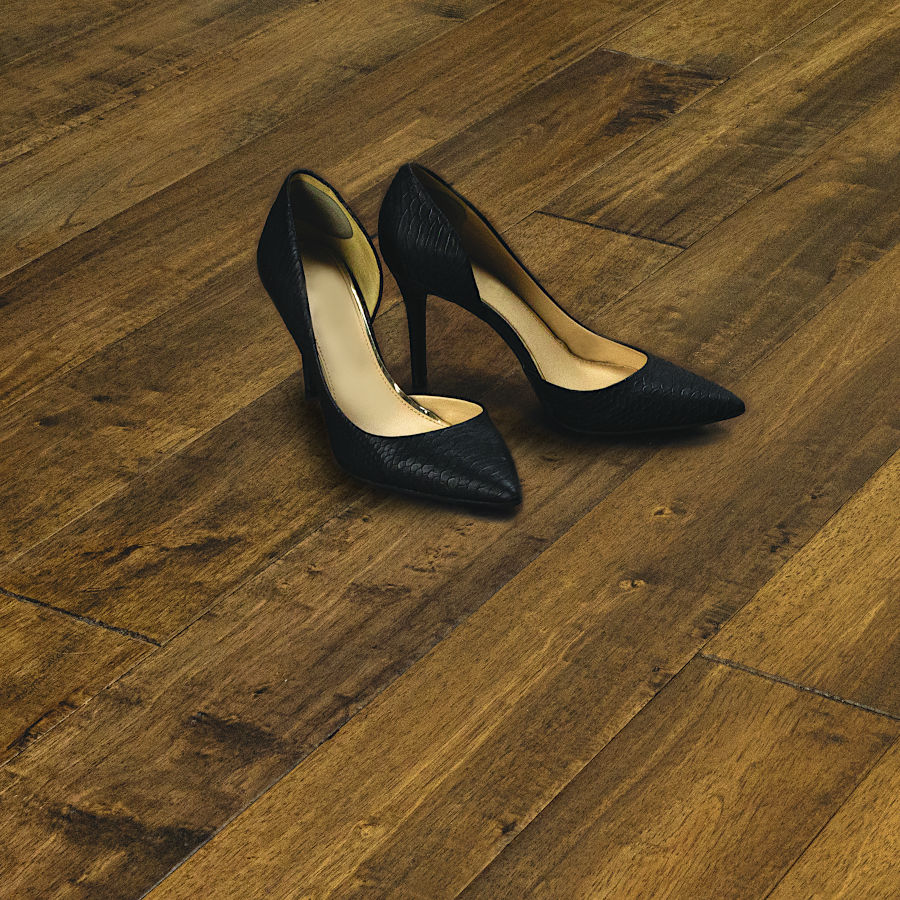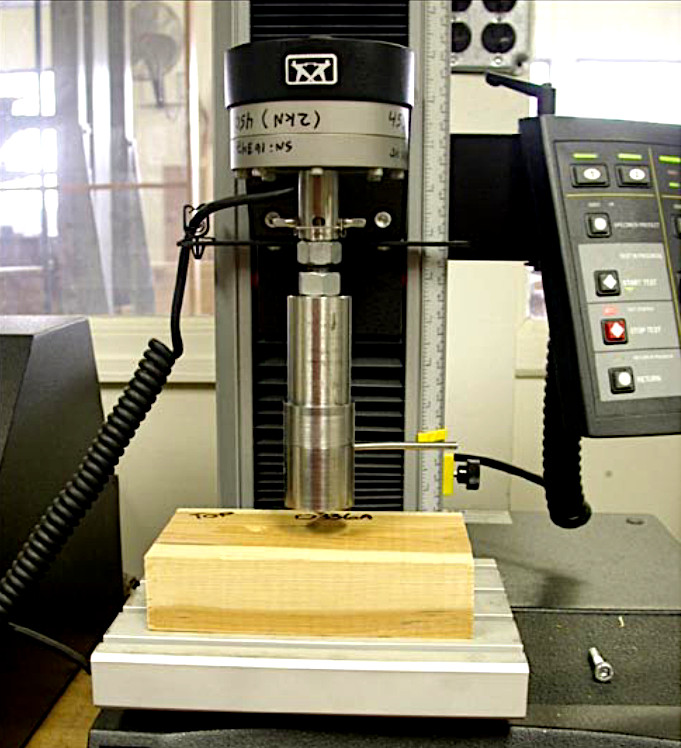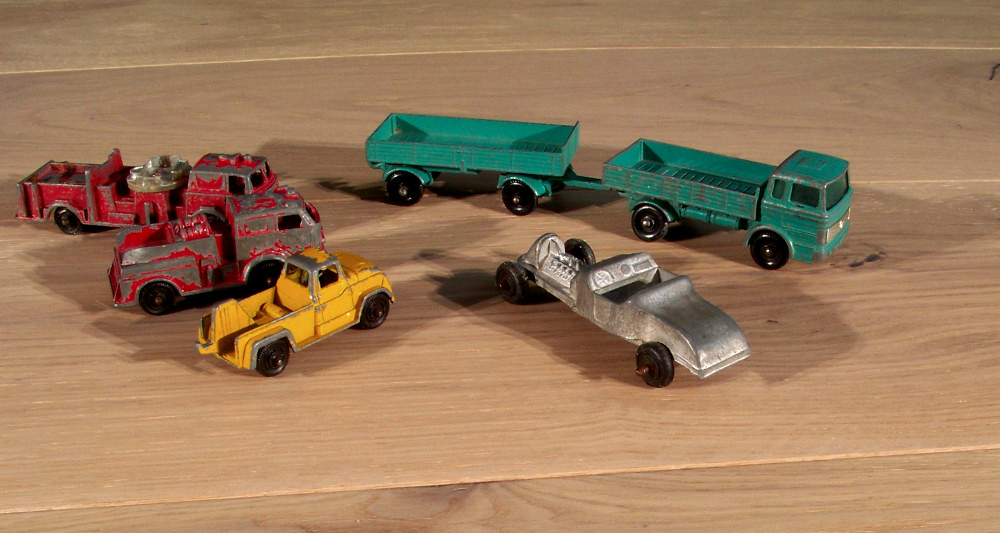Wood Flooring Dent Resistance
How is flooring tested for dent resistance? Many factors and variables come into play when determining how prone a wood floor is to denting. Often referred to as a floor’s “hardness”, we are not talking about scratching, scuffing or other abrasive damage. Abrasion resistant has little to do with the wood and more to do with the finish on the floor’s surface. We are talking about the dents put into a floor by high heels, objects being dropped on it and other similar events.
How Flooring is tested for Dent Resistance

In order to measure a floor’s resistance to denting, a test called “The Janka Hardness Test” was devised. The test involves measuring the amount of force needed to press a .444 inch diameter steel ball, .222 inches, or half way, into the wood’s surface. Because wood is a natural product, the numbers vary, even for a single species. This is due to the fact that each tree comes from a different location, some wet, some dry, some cooler, some warmer. The growth rate of a tree is a factor in its Janka hardness rating. Several samples should be tested and an average taken when determining the hardness of a single species. The moisture level of the wood will also have an effect on the floor’s hardness. The standard calls for 12%. The test must also be done on a clear section of the wood, no knots.
 Interpreting The Numbers
Interpreting The Numbers
Janka hardness is best understood as a relative hardness. It is most useful when determining whether one species of wood is harder than another. Janka tests are less useful for determining the absolute hardness of any one species. For instance, using the Janka scale we can tell that African Mahogany is slightly harder than Honduran Mahogany and both are much harder than Eastern White Pine.
Keep in mind that the Janka test is for solid wood. The floor you are looking at may be an engineered product. Most engineered products have a hardwood surface, but a softwood or composite core. Flooring of this construction must be tested separately to determine its Janka number. You cannot assume the surface/wear layer of an engineered floor will score the same as a solid piece of the same species.
Prefinished flooring will likely score better than unfinished flooring of the same species. This is because the finishes used will likely harden the surface, i.e., make it less prone to denting. Most wood finishes penetrate the surface creating a very hard, tough final product when cured. This is particularly true of prefinished, engineered flooring. Manufacturer’s understand that their products are not suited to refinishing. Because of this, the finish on prefinished engineered flooring contains some of the hardest materials in existence, silicon dioxide and aluminum oxide, to provide a super tough floor surface.
Expectations

The most important thing for you to consider when looking at how hard a wood floor is, is your expectations. Owners of hardwood floors don’t expect them to continue looking new, year after year. In fact, many new floor products are pre-stressed to look like they are decades old. This is a look most wood floor owners are looking for and love. After all, that aged look is unique to real wood floors and makes your wood floor uniquely yours.
Janka Hardness (lb-force) of woods used to make WoodHouse Flooring:
Seringa – 960-980 lb-force
Red Oak – 1290 lb-force
White Oak – 1350 lb-force
Maple (Sugar) – 1450 lb-force
Hickory – 1820 lb-force